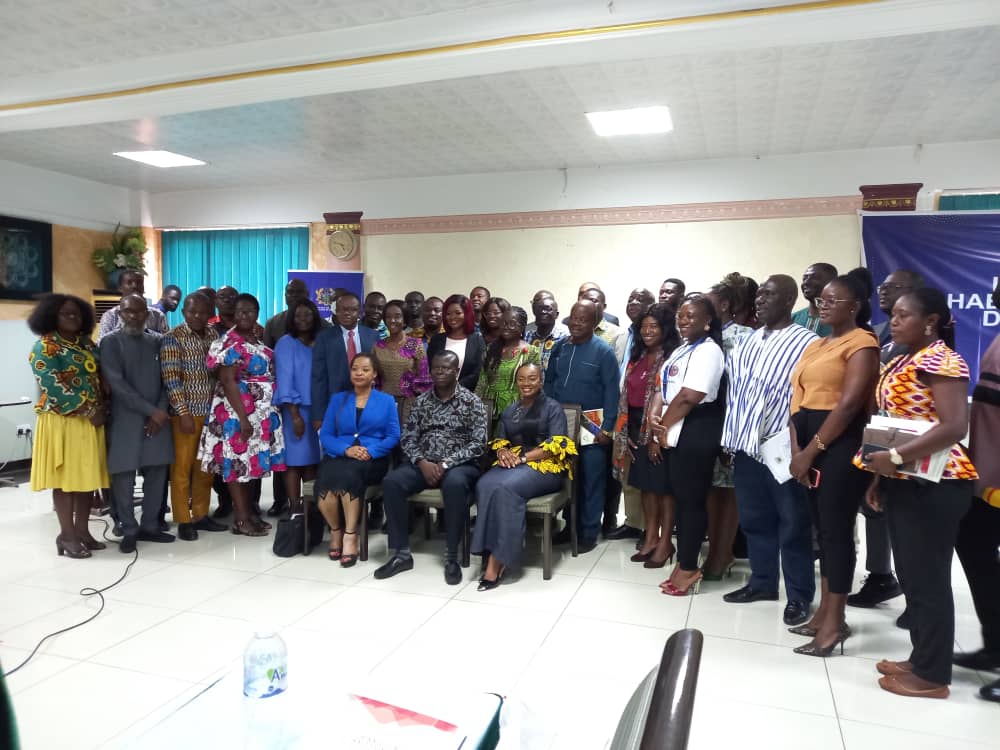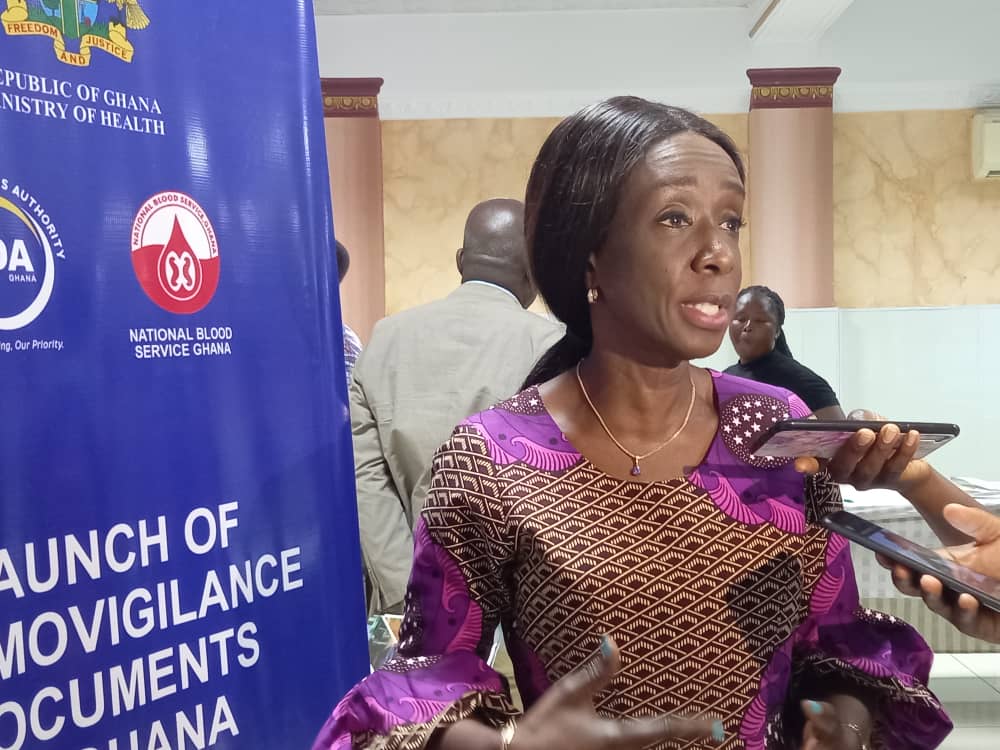By Joyce Danso
Accra, Oct. 21, GNA – The Food and Drugs Authority (FDA) and the National Blood Service (NBS) have launched two Haemovigilance documents towards ensuring the safety of blood and blood products.
The two documents – the National Haemovigilance Framework for Ghana and Guideline for Haemovigilance in Ghana – will enable health workers at all levels to report safety issues to the FDA for appropriate regulatory action.
Haemovigilance is the organised system for observing, recording, analysing and reporting whenever something goes wrong with blood donation and blood transfusion and using lessons learnt to prevent future occurrences.
The two documents were launched with assistance from Paul Ehrlich Institute and funding support from the Global Health Protection Programme from the Federal Ministry of Health Germany.
Dr Baffour Awuah, Director, Technical Coordination, Ministry of Health (MOH] who performed the launch, said the outdooring of the two documents constituted another milestone in promoting safety of blood and blood products.
Dr Awuah who spoke on behalf of the sector minister, said blood and blood products were essential in the treatment of blood and bone marrow disorders, immune deficiency condition, bleeding in women associated with pregnancy and childbirth, severe anaemia, among others.
He explained that Universal Health Coverage meant that all individuals and communities must have access to affordable and timely supplies of safe and quality-assured blood and blood products.
“To ensure that Ghana achieved Universal Health Coverage, systems and structures have to be put in place to address causes of morbidity and mortality, including timely access to safe blood and blood products and their appropriate use.”
Dr Awuah said it was in that regard that the government was in partnership with Zipline – the world’s largest autonomous medical drone delivery service – to improve access to lifesaving products, including vaccines, whole blood and blood products “even remote areas”.
He noted that the Haemovigilance Framework outlined all steps involved in haemovigilance processes, reporting of adverse events and roles and responsibilities of all relevant stakeholders with an action plan.

The purpose of the guidelines is to create a document for all health workers involved at the various stages of blood transfusion chain to follow standardised activities.
Mrs Delese A.A. Darko, Chief Executive Officer, FDA, said blood transfusion and blood products were essential therapy that saved lives, improved quality of life and enabled complex medical and surgical procedures to be undertaken.
She said the FDA was mandated by the Public Health Act 2021 Act 851 to regulate whole blood, blood components and blood products as products.
She said one of the major action plans outlined in the National Haemovigilance Framework to be completed over the next three years was training on the haemovigilance systems for all stakeholders and development of online reporting to complement data collection at all levels to improve the current national haemovigilance system and ensure timely reporting.
Mrs Darko said the guidelines were also targeted at all stakeholders in the haemovigilance system, including health care professionals, regulatory agencies, blood donor organisations, patient groups, scientific and professional bodies, development partners, hospitals, blood banks and health facilities where transfusion took place.
The guidelines provide important information in detail covering key activities in haemovigilance, including reporting and investigations of adverse reactions, haemovigilance data collection, data management, haemovigilance methods and its rapid alert system.
Dr Shirley Owusu-Ofori, Acting Chief Executive Officer, National Blood Service, said blood transfusion was a necessary medical intervention that saved lives and improved the life expectancy and quality of patients with various acute and chronic conditions.
Dr Owusu-Ofori said, however, risk of adverse events associated with blood donation and transfusion existed.
They are reactions, incidents, errors and accidents, which occur during blood donation and transfusion.
She said despite the critical role of haemovigilance in ensuring a comprehensive quality system in blood establishment and hospitals, only 40 per cent of countries in African had a national Haemovigilance system compared to 83 percent of European countries, as reported in a 2015 WHO Global Database on Blood Safety.

According to her, even where haemovigilance systems were in place, opportunities existed to raise the bar in safety and quality by expanding the scope of those systems.
Dr Owusu-Ofori said Ghana had made history by joining other countries in Africa, which had developed Home-grown haemovigilance systems.

GNA